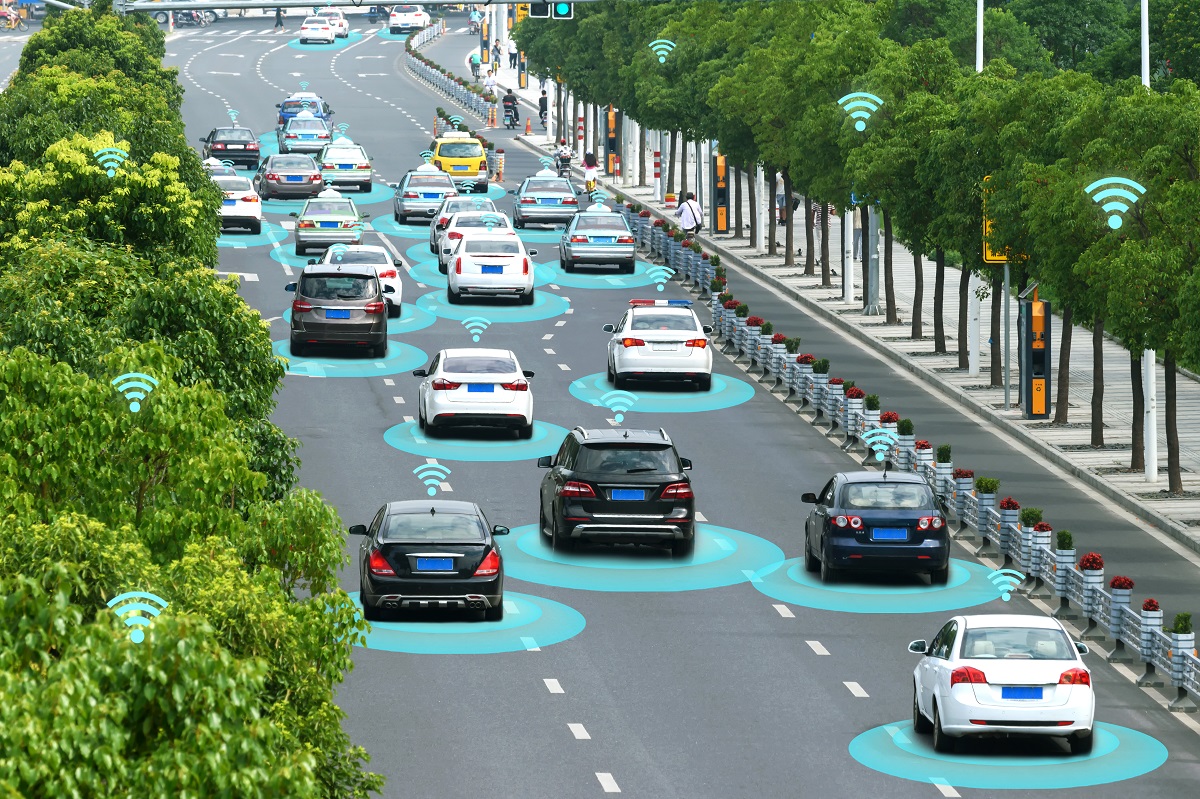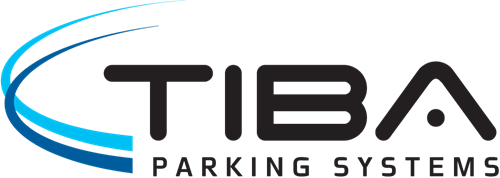Urbiotica: Do More Technologies Mean Better Vehicle Detection?
Is It Really Necessary to Combine Multiple Methods?

In the world of smart parking, vehicle detection is a key factor. There are various
technological solutions to address this challenge, with magnetic sensors being the
most widely used. However, some systems integrate additional technologies, such
as infrared or radar, aiming to enhance accuracy. But is it really necessary to
combine multiple methods to achieve more reliable results?
The effectiveness of magnetic detection
IoT sensors not only need to detect the presence of a vehicle but also analyze the
collected data to provide accurate occupancy information. Magnetic sensors work
by measuring variations in the magnetic field caused by metallic objects, such as
cars.
To ensure precise readings, these sensors must distinguish between external
disturbances and the actual presence of a vehicle. This is where algorithms play a
key role, filtering out interference and adapting to different environments without
losing reliability. Additionally, resistance to weather changes and external factors
is crucial for their proper operation.
Multiple technologies: More advantages or more problems?
The idea of combining various detection methods comes from the intention of
compensating for each one's limitations. However, in practice, this approach can
often create more issues than expected.
One of the most common challenges in multi-detection systems is the possibility
of obtaining contradictory results. Imagine a sensor that uses both infrared and
magnetic technology: if the infrared sensor is dirty, it could mistakenly detect a
space as occupied, while the magnetic sensor might indicate the opposite. Which
one is correct? These inconsistencies can compromise the system’s reliability.
Additionally, integrating multiple technologies requires more complex calibration,
as each sensor has specific adjustment needs. If one of the technologies is not
properly calibrated, it can affect overall performance, increasing the need for
maintenance and frequent technical adjustments.
Energy efficiency and operational costs
A key factor in selecting sensors is energy consumption. Multi-detection devices
require more power, which can shorten battery life and increase maintenance
costs. Additionally, the initial investment in these types of sensors is usually higher
compared to simpler systems.
Real-world experience: U-Spot Duo vs. U-Spot M2M comparison
To evaluate the effectiveness of multi-detection systems, at Urbiotica, we
compared our U-Spot Duo sensor—combining magnetic and infrared detection—
with our U-Spot M2M, which relies solely on magnetic detection.
We found that single detection achieved a similar or even higher level of reliability,
reaching 98% accuracy.
Additionally, U-Spot M2M proved to be more energy-efficient, extending battery life
and reducing maintenance needs, making it a more cost-effective long-term
solution.
The future of detection: Accuracy without complications
One of the main arguments in favor of multi-detection systems is their supposed
ability to minimize external interference, such as that caused by power lines or
nearby infrastructure. However, advancements in magnetic detection have led to
the development of algorithms capable of filtering out these disturbances without
the need for additional technologies.
Modern sensors now include automatic calibration, which optimizes the device
in real-time without manual intervention. This enhances adaptability to different
environments and reduces the need for frequent adjustments.
So, what really matters?
Beyond the debate over which detection method is best, the key lies in
establishing clear parameters for reliability and accuracy that a system must
guarantee. Instead of focusing on how many technologies to integrate, projects
should define Service Level Agreement (SLA) requirements that ensure stable
and precise performance.
At Urbiotica, we develop IoT solutions that optimize urban mobility, with tested
sensors designed to guarantee maximum reliability.
Looking to improve parking management in your city? Contact us at
info(at)urbiotica.com
About Urbiotica
Urbiotica was born in 2008 with the mission to bring the most innovative technology to society through urban environments. Its vision is to help cities become more manageable, efficient, and sustainable, improving the quality of life of its citizens.
At Urbiotica, we focus on developing reliable IoT technologies that enhance urban mobility. Our sensors are rigorously tested to deliver high performance and accuracy in parking space management, ensuring efficient and dependable solutions.




Comments
There are no comments yet for this item
Join the discussion